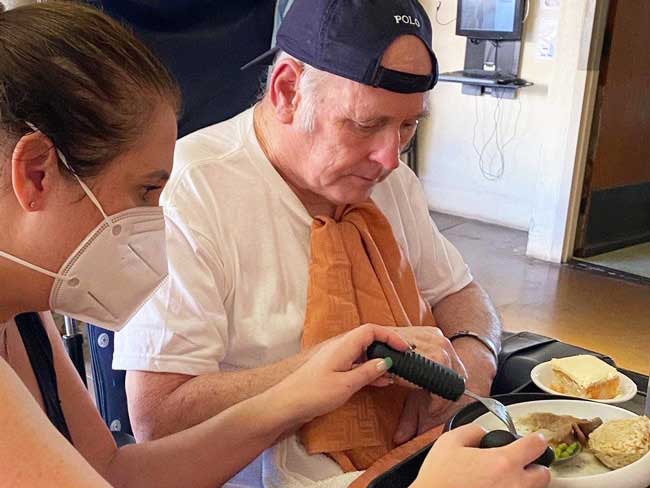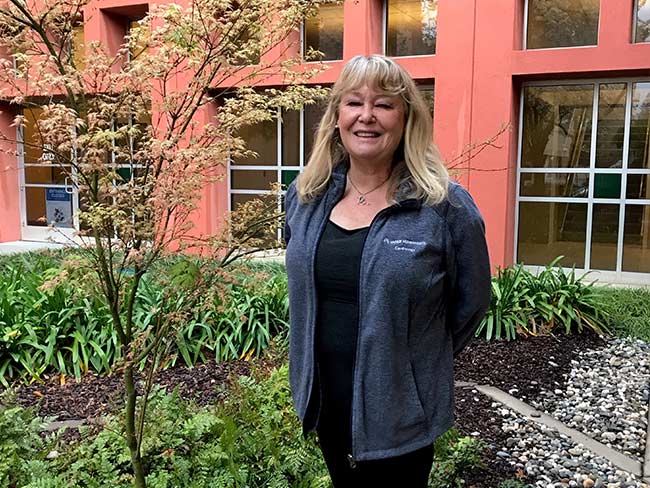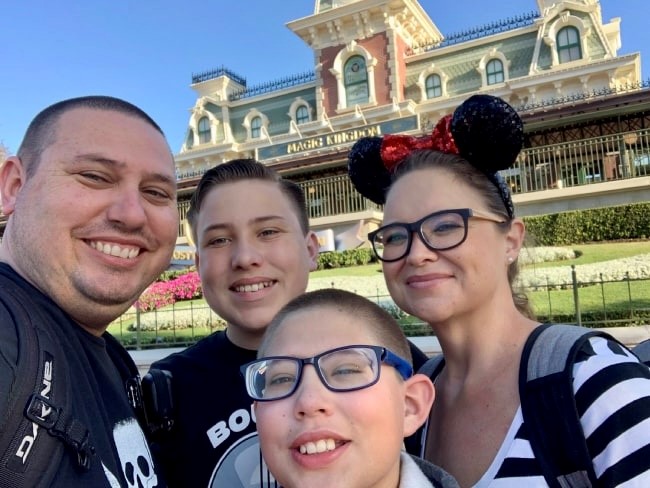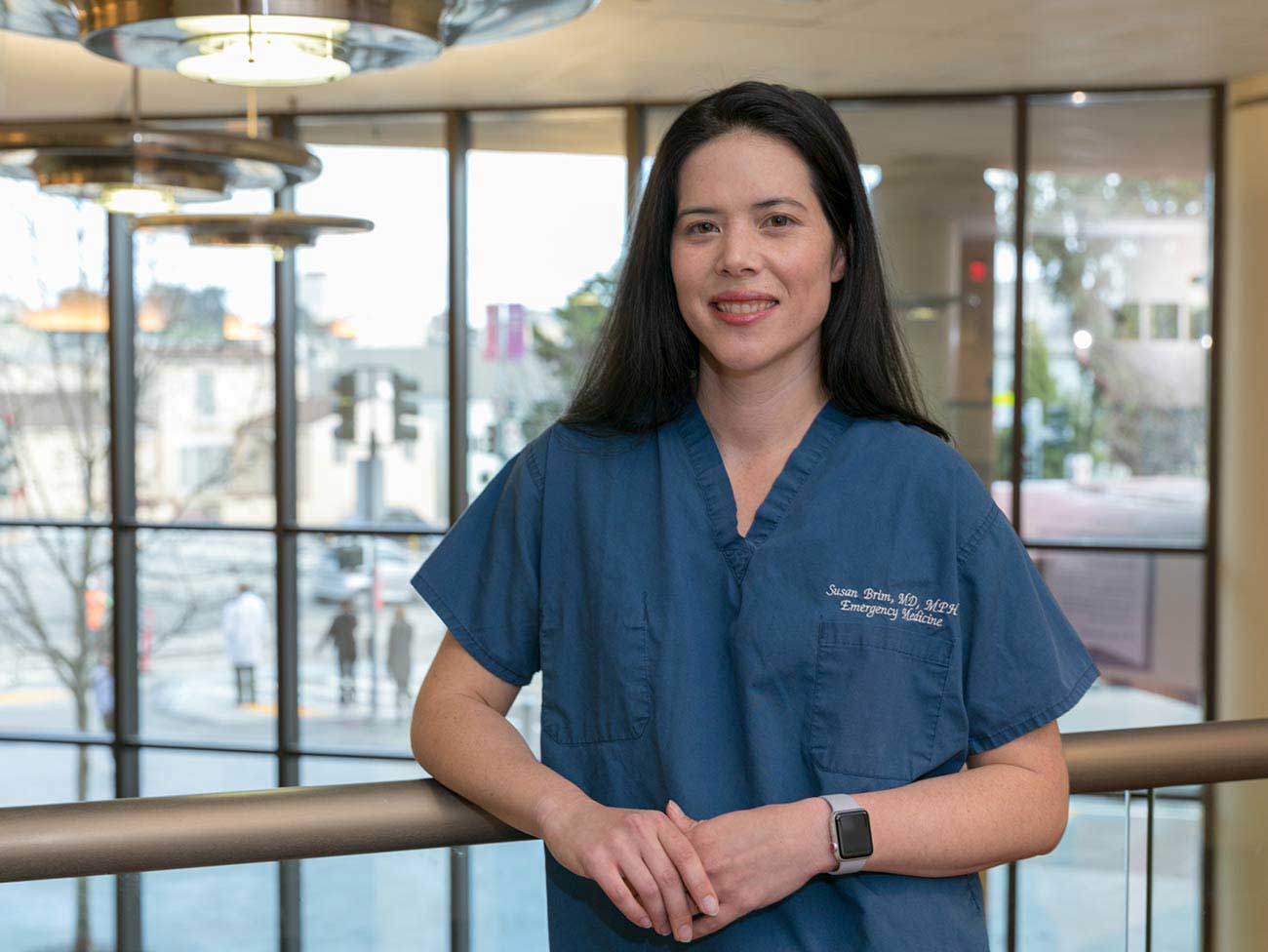Stepping into someone else’s sling
When workplace safety team members learned about safe patient-handling equipment, they gained insight into the perspectives of patients and care teams alike.
Call it a trust exercise: Marc Felix, workplace safety specialist at Kaiser Permanente, plays patient for a day as he’s transported by his colleagues.
Kaiser Permanente workplace safety specialists play an important role in the organization. They develop strategies and programs to help keep not only health care workers but also members and patients safe from harm. One of those strategies involves encouraging the use of safe patient-handling equipment and identifying ways equipment might be used unsafely. Patient-handling equipment allows health care workers to safely move patients who are at risk of falling.
But workplace safety specialists themselves don’t often get the opportunity to use the equipment — or experience being transported with it — until now.
A bird’s eye view of safety
A team of Kaiser Permanente workplace safety specialists recently spent a day at the Baxter Customer Experience Center taking part in safe patient-handling activities. One activity involved splitting the team into the role of patient or caregiver and working together to safely use patient-handling equipment to move a patient.
Kevin Matsukado, who acted as a caregiver for the day, said the experience helped him appreciate the importance of using this equipment every time it’s needed.
“We always say that safety shouldn’t hurt. These tools may look complicated to use, but it only takes a few extra minutes to use them properly and prevent serious harm to health care workers,” said Matsukado.
Marc Felix, who was a patient for the day, said that being lifted and transported in the sling helped him understand how vulnerable a patient might feel when being moved.
“I had to trust my co-workers to carry me without dropping me. The experience definitely gave me greater empathy for patients who are at risk of falling and need to be transported this way for their safety,” said Felix.
Safety is key
Kaiser Permanente’s commitment to safety extends far beyond this training. We want everyone — inside and outside of Kaiser Permanente, whether patient, member, or health care worker — to be safe from harm. That’s why we collaborate with our partners in education systems, community organizations, and other hospital systems to discuss safety in health care settings and in the broader community.
One significant safety focus is the prevention of patient falls, which can cause harm to both the patient and health care workers. Kaiser Permanente is addressing this concerning safety issue by implementing multiple fall prevention strategies.
We are also proud to host the annual Fall Prevention Symposium, gathering thought leaders from different fields. Together, we translate the latest scientific evidence and apply it to strategies to prevent falls.











